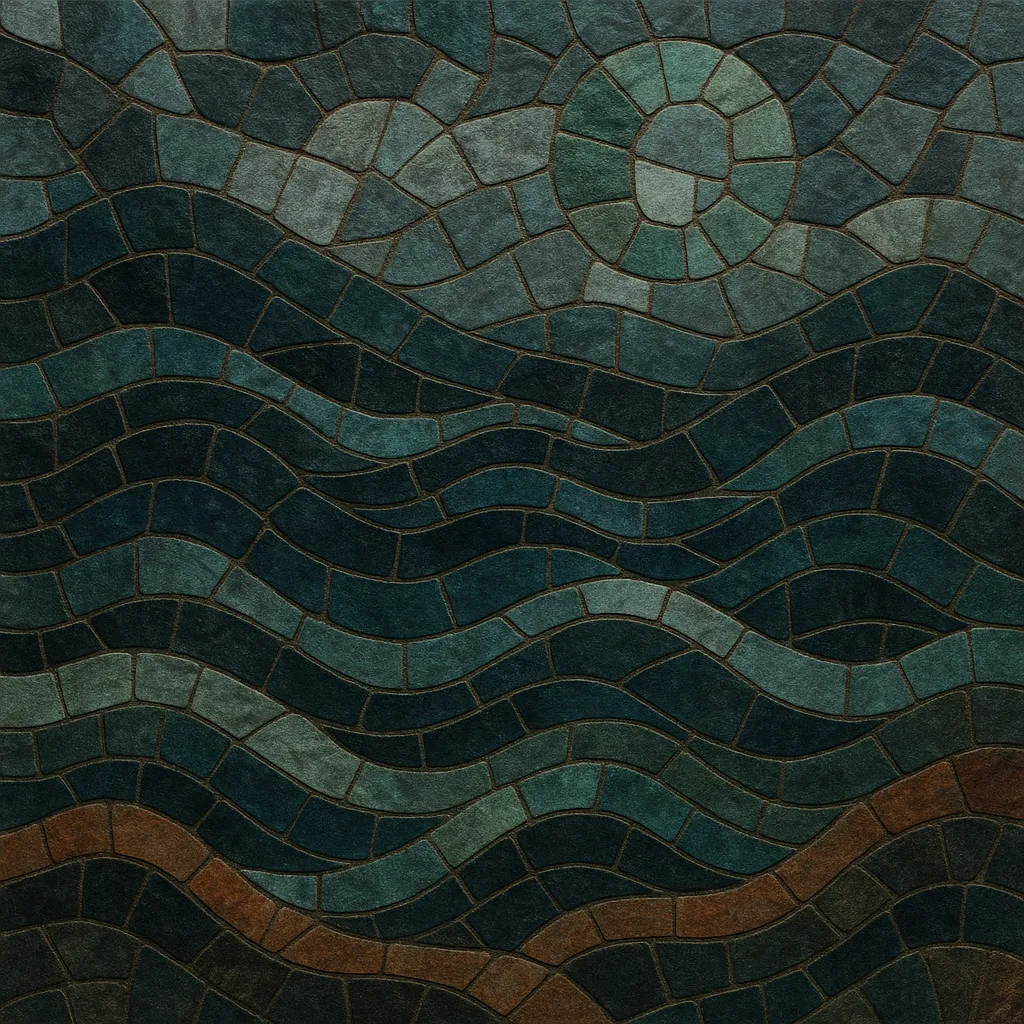Dub techno is a minimalist offshoot of techno that fuses Detroit/Berlin techno rhythms with classic Jamaican dub studio techniques. It emphasizes space, depth, and decay through extensive use of tape‑style delays, spring/plate reverbs, and filtering.
Typical tracks hover around 118–130 BPM with understated 4/4 drums, deep sub‑bass, and repeating, softly struck chord stabs (often minor 7ths or suspended voicings) that are washed in reverb. The result is a hypnotic, immersive sound world—grainy, foggy, and textural—where small timbral changes and delay tails provide the narrative.
The genre coalesced in early‑1990s Berlin around Basic Channel and related labels, drawing on Detroit techno’s futurism and Jamaican dub’s mixing philosophy while embodying the austere spatial aesthetics of the Berlin scene.
Dub techno emerged in early‑1990s Berlin, principally through the work of Moritz von Oswald and Mark Ernestus (Basic Channel) and their Hard Wax ecosystem. They absorbed Detroit techno’s elegant minimalism and futurist ethos, then applied Jamaican dub’s mixing philosophy—treating the studio as an instrument with live send/return manipulation, tape‑style delay feedback, and heavy spatial processing.
Between 1993 and the end of the decade, imprints such as Basic Channel, the Maurizio "M" series, and Chain Reaction defined the aesthetic: sparse 909/808 drums, endlessly cycling chord stabs, and beds of hiss, hum, and vinyl crackle. Artists like Porter Ricks, Fluxion, Vainqueur, and Vladislav Delay expanded the palette, while Rhythm & Sound (with vocalist Paul St. Hilaire/Tikiman) brought an overt reggae/dub sensibility to a techno framework.
In the 2000s, the sound globalized. Deepchord and Echospace [Detroit] reconnected the style to Detroit’s lineage, while labels such as Echocord, Styrax, and Modern Love fostered a wave of atmospheric releases. Monolake evolved parallel strands that intertwined dub‑inflected sound design with Berlin’s club architecture and emergent software workflows, helping to codify a modern, high‑fidelity approach.
Bandcamp‑era boutiques and reissue culture sustained and deepened the niche, with producers like Deadbeat, Quantec, Intrusion, Yagya, and many others refining the form. Dub techno’s spatial/mixing ideas seeped into minimal and micro‑oriented house/techno, lo‑fi house textures, and certain post‑dubstep/ambient bass contexts, while the core style continues to value subtle evolution, negative space, and tactile, analog‑leaning sonics.


